DAVID LENNOX FROM SCOTLAND TO PARRAMATTA
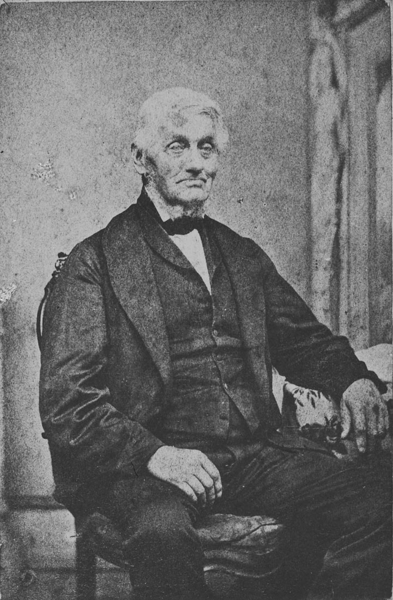 David Lennox was born in Ayrshire, Scotland, he was baptised on the 16 February 1788 in Ochil Tree, Ayr,Scotland, his parents were Andrew Lennox, of Burnockston, and Jane Thom. David was the third of eight children born between 1785 and 1796. David married Jean Rome (Romie?) at the Scots Church, Dublin on 5 May 1818.
David Lennox was born in Ayrshire, Scotland, he was baptised on the 16 February 1788 in Ochil Tree, Ayr,Scotland, his parents were Andrew Lennox, of Burnockston, and Jane Thom. David was the third of eight children born between 1785 and 1796. David married Jean Rome (Romie?) at the Scots Church, Dublin on 5 May 1818.
Scotland was going through an Industrial Revolution, unemployment was high, he obtained employment with John Wilson, who was a masonry contractor for the Menai Bridge in Wales, which links the Isle of Anglesey to the mainland. Here he learned the skills of the stonemason, and aquired the necessary mathematical and geometrical knowledge.
His next employment was as foreman to John Cargill, contractor for the Severn Bridge at Gloucester. The designer of the bridge was Thomas Telford (1737-1834) who also designed the Menai Bridge. It was the design of the Severn Bridge which influenced Lennox when building his bridges in Australia.
The Suspension Bridge at Menai Andrew Scott Bird
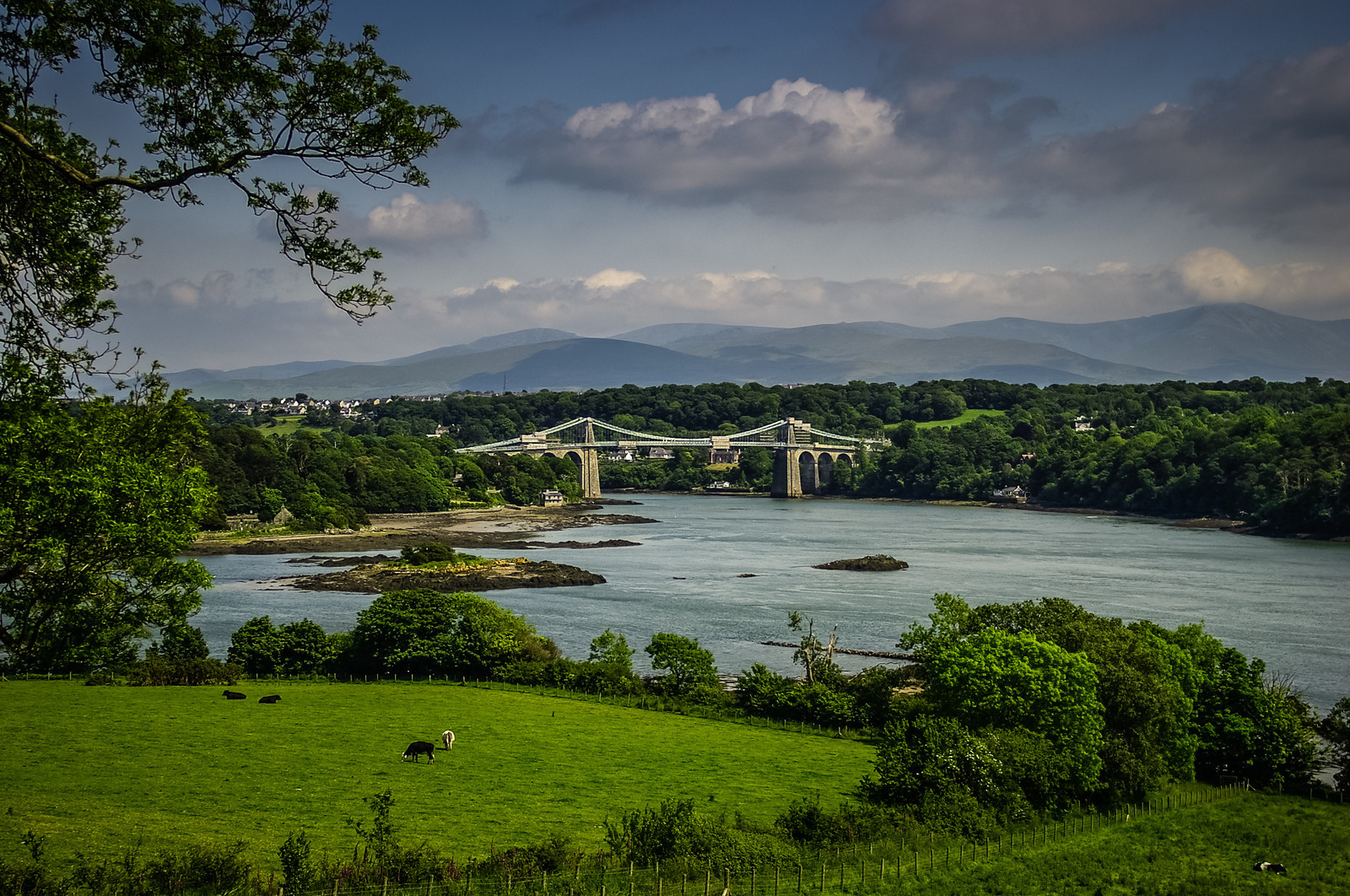 The Lennox's first daughter, Mary was born on 23 November 1820, at Bangor Ferry, North Wales. Their second daughter, Jane was born on 7 May, 1823. Shortly afterwards, his wife Jean died with a long severe illness and died on 25 June, 1828. The loss of his wife was a severe blow to a man whose employment was of an itinerant nature, as he had to follow the contracts. He arranged to have his brother William to care for his two young daughters at Ayr.
The Lennox's first daughter, Mary was born on 23 November 1820, at Bangor Ferry, North Wales. Their second daughter, Jane was born on 7 May, 1823. Shortly afterwards, his wife Jean died with a long severe illness and died on 25 June, 1828. The loss of his wife was a severe blow to a man whose employment was of an itinerant nature, as he had to follow the contracts. He arranged to have his brother William to care for his two young daughters at Ayr.
The Severn Bridge at Gloucester. Photo Pete Eveleigh
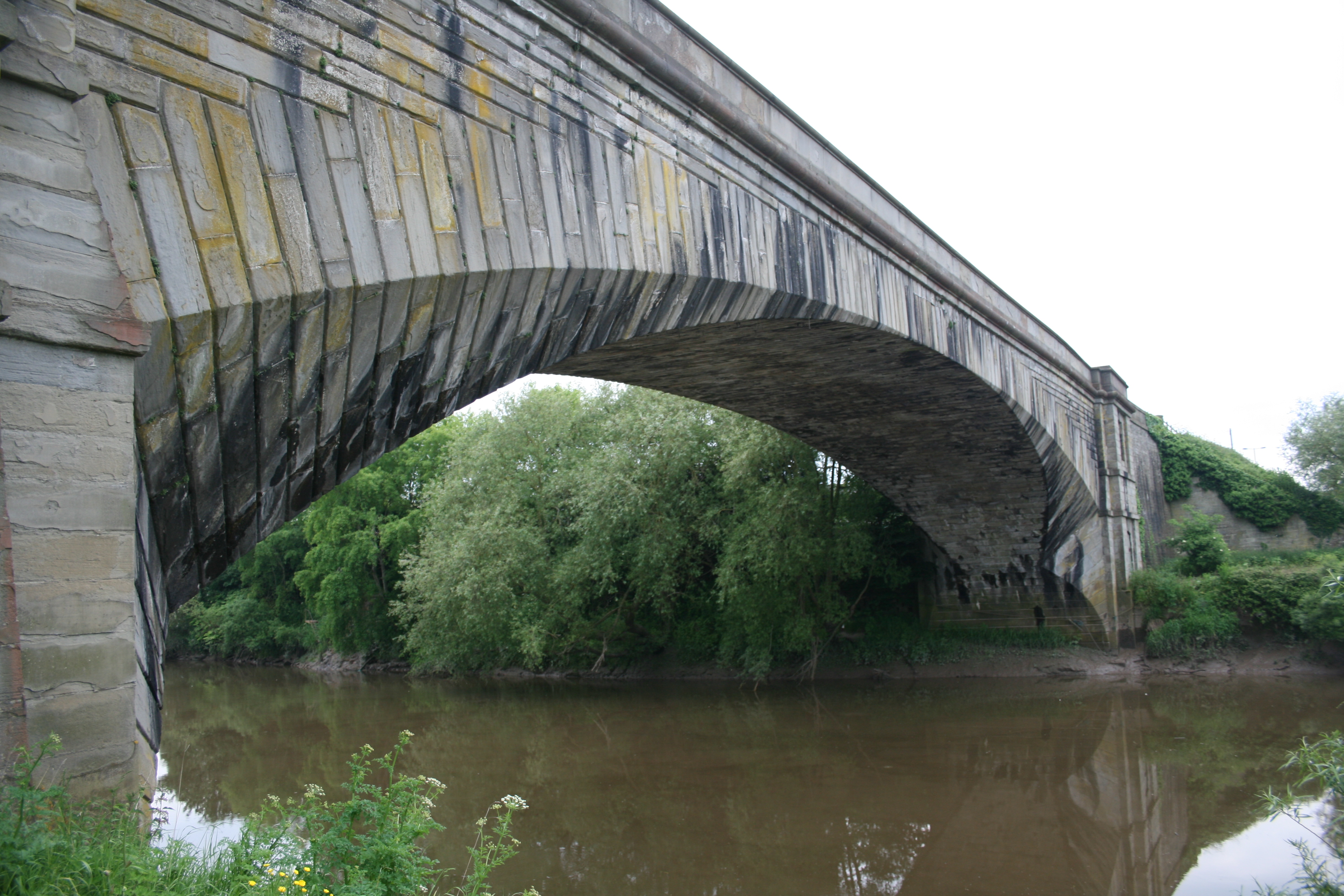 With his wife Jane dead, and his children in Scotland, and work hard to find, Lennox heard that Australia was asking for skilled people in the Colony, Lennox, short of funds, was induced to consider immigrating. He was encouraged by his brother and John Cargill. David Lennox booked his passage to Sydney, carrying with him references from John Cargill, which he hoped would find him employment.
With his wife Jane dead, and his children in Scotland, and work hard to find, Lennox heard that Australia was asking for skilled people in the Colony, Lennox, short of funds, was induced to consider immigrating. He was encouraged by his brother and John Cargill. David Lennox booked his passage to Sydney, carrying with him references from John Cargill, which he hoped would find him employment.
David Lennox sailed in the "Florentia" arriving in Sydney in August 1832, as an assisted immigrant. He was now 44 years of age.
Most of the building from the Macquarie era was over, many fine buildings stood in Sydney, particulary in Macquarie Street. Governor Bourke had appointed Major Thomas Livingstone Mitchell as his Surveyor General. He was walking down Macquarie Street, he saw Lennox working on the coping of the wall in front of Sydney Hospital. Mitchell was surprised to find a fellow Scot, and skilled as well, he employed him as Sub-Inspector of Bridges with a salary of 120 pounds per year. By despatch on June 26, 1833 to the Secretary of Colonies he was appointed Superintendent of Bridges.
His first task was to design at bridge on the Western Road, the main road over the mountains to the Bathurst Plains, the selected position for this was Mitchell Pass, over the Brookside Creek, it did not have to be a large bridge, just had to curve on the down stream side and flat on the up stream side. Lennox chose twenty untrained convicts for masons to carry out the work, within six weeks the men were capable of carrying out the work.The bridge was complete in July 1833.
The Lennox Bridge Lapstone Photo Andrew Scott Bird
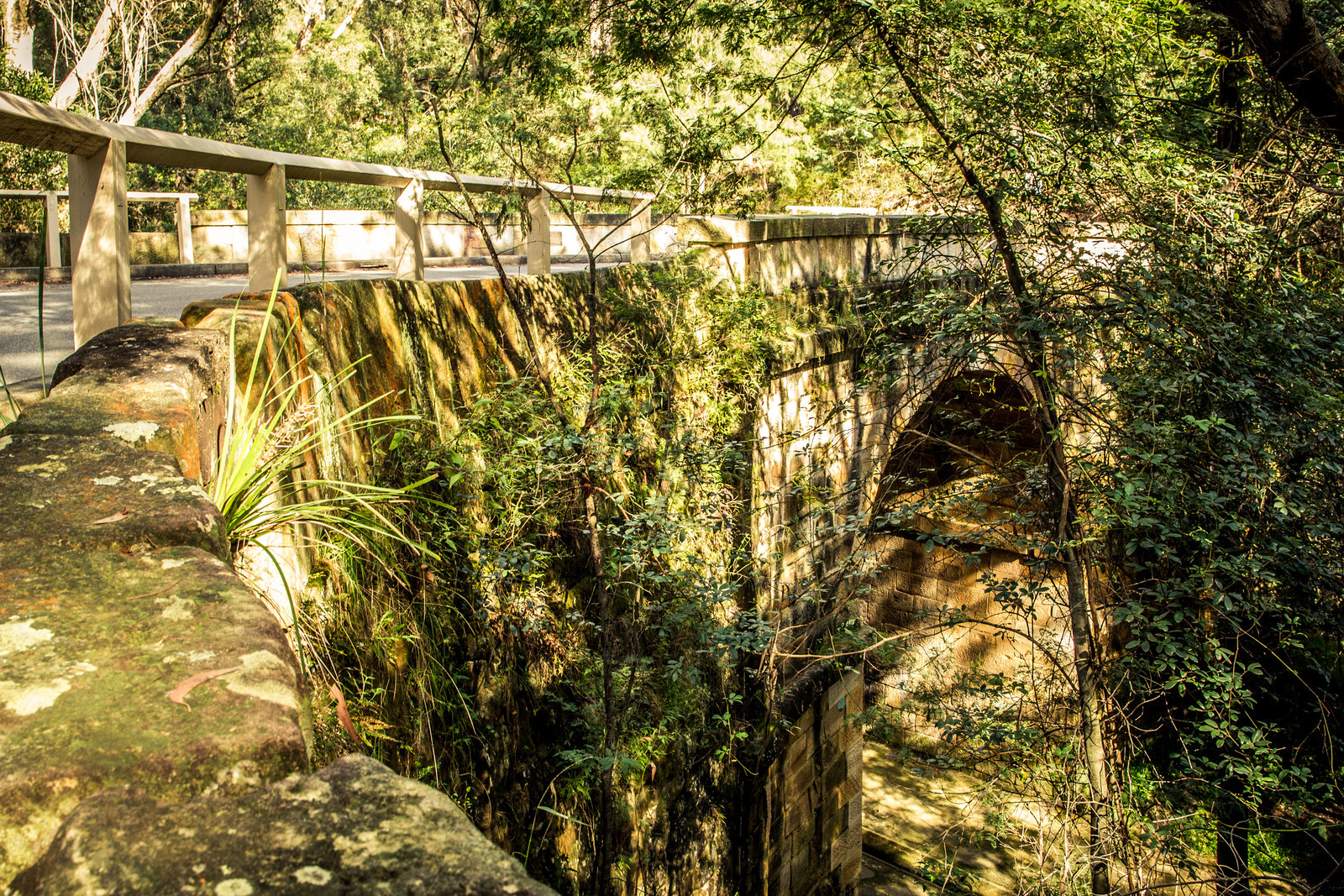 While Mitchell surveyed and built the roads he had Lennox fully occupied building bridges. The next stone bridge was to be built over the Prospect Creek, at Cabramatta to replace the wooden bridge that kept being swept away during the floods. The existing Bridge was the Bowlers Bridge, was made of wood on stone piers. Samuel Bowler was a landholder and the landlord of the "Greyhound Inn", Lennox stayed at the Inn to be near the construction site.
While Mitchell surveyed and built the roads he had Lennox fully occupied building bridges. The next stone bridge was to be built over the Prospect Creek, at Cabramatta to replace the wooden bridge that kept being swept away during the floods. The existing Bridge was the Bowlers Bridge, was made of wood on stone piers. Samuel Bowler was a landholder and the landlord of the "Greyhound Inn", Lennox stayed at the Inn to be near the construction site.
He again asked to have the convicts who worked with him on the Lapstone bridge, they were from the iron gang. Six of the convicts assigned to Lennox had their sentences remitted, one being James Randall, who had set most of the Lapstone Bridge. Lennox submitted his own design, which was a copy of the Gloucester Bridge.
A quarry was found seven miles downstream, as the river was tidal, the work had to be done when the tide was low. One man lost his life in a blastin accident and another was seriously injured. One of the convicts attacked the overseer with a hammer and injured him. It was at this time Lennox for a raise in salary, his request was granted allowing him an extra two shillings six pence per day for forage allowance, this took his wages to 250 pounds per year.
January 26 1836 the Anniversary of the foundation of the Colony, and only two years after the commencement was decided to celebrate the opening. Lansdowne Bridge, Prospect Creek Photo Andrew Scott Bird
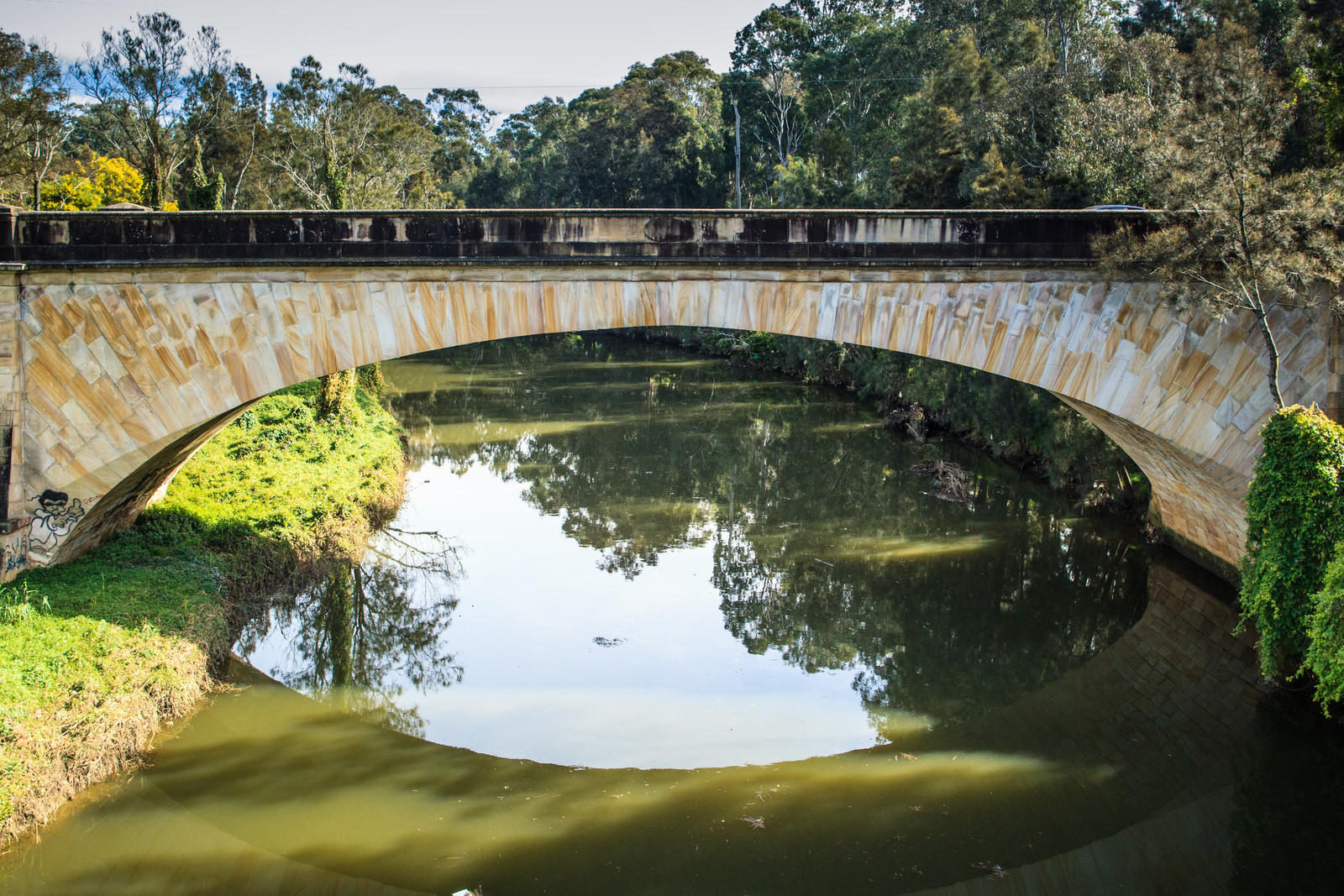 In 1835, Lennox completed the bridge over the Medway Rivulet, three miles beyond Berrima, but this bridge was swept away by floods in 1860. In 1836 he spanned the Wingecarribee River with a stone bridge known as Berrima Bridge, but this was not a good site and this was swept away by a flood. In the same district, and the same time as Lansdowne and Berrima, he built another over Crawford's or Black Bob's Creek seven and a half mils from Berrima. The Bridge was used by traffic in 1836, but not completed until some time afterwoods. Long time historian Frank Bloxham stated in his article in the Journal of the Parramatta and District Historical Society that "it is most likely that Lennox built the complex of bridges at Towrang Creek near Goulburn.
In 1835, Lennox completed the bridge over the Medway Rivulet, three miles beyond Berrima, but this bridge was swept away by floods in 1860. In 1836 he spanned the Wingecarribee River with a stone bridge known as Berrima Bridge, but this was not a good site and this was swept away by a flood. In the same district, and the same time as Lansdowne and Berrima, he built another over Crawford's or Black Bob's Creek seven and a half mils from Berrima. The Bridge was used by traffic in 1836, but not completed until some time afterwoods. Long time historian Frank Bloxham stated in his article in the Journal of the Parramatta and District Historical Society that "it is most likely that Lennox built the complex of bridges at Towrang Creek near Goulburn.
From 1832 the people of Parramatta had requested that a new bridge replace the old structure that was in a state of disrepair, that sometimes the cattle would fall over the sides. Frank Bloxham in the previously quoted Journal wrote "an impression of the original and ugly stone and wooden structure was left to us by the French artist de Sainson, who visited the place in 1826. The picture is entitled The Bridge at Parramatta".
Ambrose Hallen the Colonial Architect, son in law to William Lawson the explorer, wanted a fabricated iron bridge. The Governor wanted an "ornate bridge" and it was the design by David Lennox that was accepted. The Building commenced on 22 October 1836, being completed in 1839.